What Is An Herb Knot Garden: Growing A Small Kitchen Knot Garden


Plants lend their many attributes to the garden just by being themselves, but a knot garden is a unique way to really let them shine and contribute with texture, pattern, and fragrance. What is an herb knot garden? This is a traditional and formal method of placing herbs in an attractive pattern. Knot garden design can be done by the lay person, but you need a plan and the right kinds of herbs.
What is an Herb Knot Garden?
Picture an English country estate with fragrant herbs planted in symmetric rows and appealing geometric angles and ribbons. The scents, color, and textures are displayed at their best advantage to make a small kitchen knot garden both useful to the cook and a beautiful display. The first step in knot garden design is planning the planting area. It is helpful to use colored sand or even spray paint to line out the areas that will be planted. Knot garden plants should be chosen for their similarity in care and site, and then placed so that the tallest plants aren't covering up the lowest. Consider how to weave color and texture together. There are many traditional knot garden designs which are generally bordered by a pathway in a small kitchen knot garden. Larger spaces may have the paths integrated with the planted sections.
Plants to Use for Herb Knot Gardens
Herbs are the conventional types of plants used in a knot garden, but you can also use other complimentary plants. The idea is to match form and texture in a harmonious blend where knot garden plants complement each other. It is best to stick with just a few plants so the design is cohesive. Planting should be in “ribbons” of similar plants overlaid by a length of another type of plant. If you want a very formal look, border each ribbon with pruned topiary. Otherwise, let the garden grow naturally or keep the herbs trimmed evenly. The effect can produce circles, diamonds, and concentric curves that attract the eye. Plant selection should take into account the site and general plant needs. Most herbs appreciate well-drained, even gritty soil in full sun. Make sure there is some air circulation among the plants. Use colored rock, pavers, bricks or groundcovers for the path around the knot garden design.
Types of Knot Garden Plants
Small kitchen knot gardens need smaller, lower growing plants to appreciate the design. Choose any variety of thyme, pinks, creeping germander, dwarf myrtle, and lamb's ears. Very traditional gardens would have sage, rosemary, lavender, and savory. Border the entire design with dwarf boxwood or for a wilder look, Artemisia or even hens and chicks.
Care of Small Kitchen Knot Gardens
Water the garden every few days as young plants establish. Watch for weeds and pest invaders and deal with them as they occur. Prim, proper borders such as boxwood hedges will need trimming a few times per year to maintain a sharp edge. Prune out the spent herb flowers and trim any plants that get past the design. In fall, mulch around the plants and trim them back in late winter to early spring so they can burst forth fresh and glorious. Knot gardens are a fun and beautiful way to bring fresh scents and flavors into the home. Use the herbs in cooking or just cut and hang bunches for the scent and homey show.
Gardening tips, videos, info and more delivered right to your inbox!
Sign up for the Gardening Know How newsletter today and receive a free copy of our e-book "How to Grow Delicious Tomatoes".

Bonnie Grant is a professional landscaper with a Certification in Urban Gardening. She has been gardening and writing for 15 years. A former professional chef, she has a passion for edible landscaping.
-
 Looking For Plants To Give You The Soft And Fuzzies? Try These 5 Fuzzy Leaf Plant Options
Looking For Plants To Give You The Soft And Fuzzies? Try These 5 Fuzzy Leaf Plant OptionsLovers of texture, drama, silver foliage and tactile plants will adore these special sensory garden additions. These fuzzy leaf plant options will leave you all aglow
By Susan Albert
-
 Get Ready For A Summer Of Hummers! Grow These Full Sun Hummingbird Plants and Flowers
Get Ready For A Summer Of Hummers! Grow These Full Sun Hummingbird Plants and FlowersIf you’re lucky enough to enjoy a sunny backyard, make sure you are maxing out on your pollinator opportunities and grow these full sun hummingbird plants and flowers
By Tonya Barnett
-
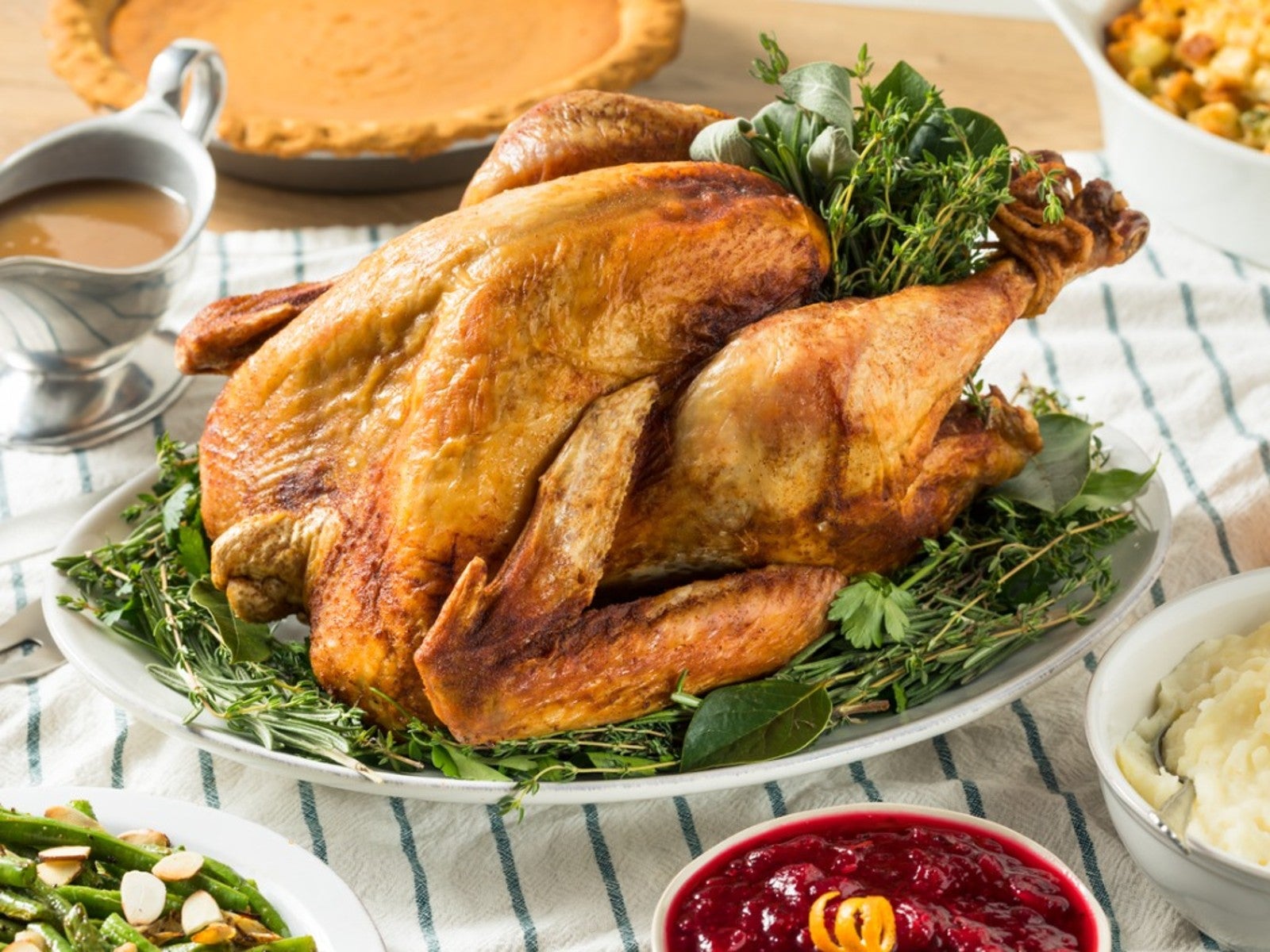 Grow Tasty Herbs For Roast Turkey In Your Garden
Grow Tasty Herbs For Roast Turkey In Your GardenCan you season your turkey with herbs you grow in your own garden? Yes! Click to learn more.
By Amy Grant
-
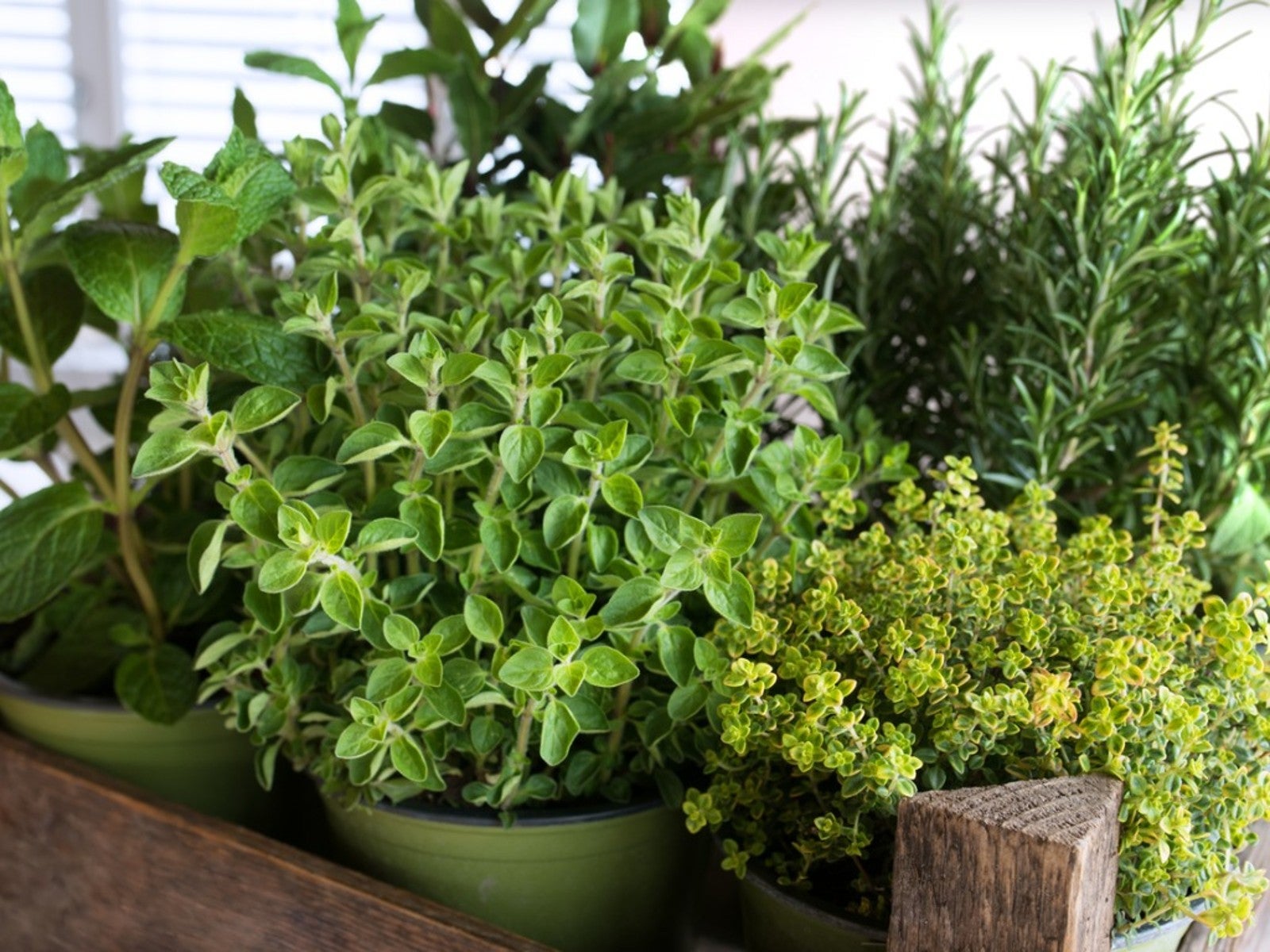 10 Easy Herbs For Beginners
10 Easy Herbs For BeginnersIf you’re new to herb growing, there are some perfect beginner herbs that are low maintenance and easy. Here are our top ten.
By Mary Ellen Ellis
-
 How To Make A Rain Gutter Herb Garden
How To Make A Rain Gutter Herb GardenOne really fun look outside the box is a hanging rain gutter herb garden. A gutter planter is a unique way to house and showcase plants.
By Bonnie L. Grant
-
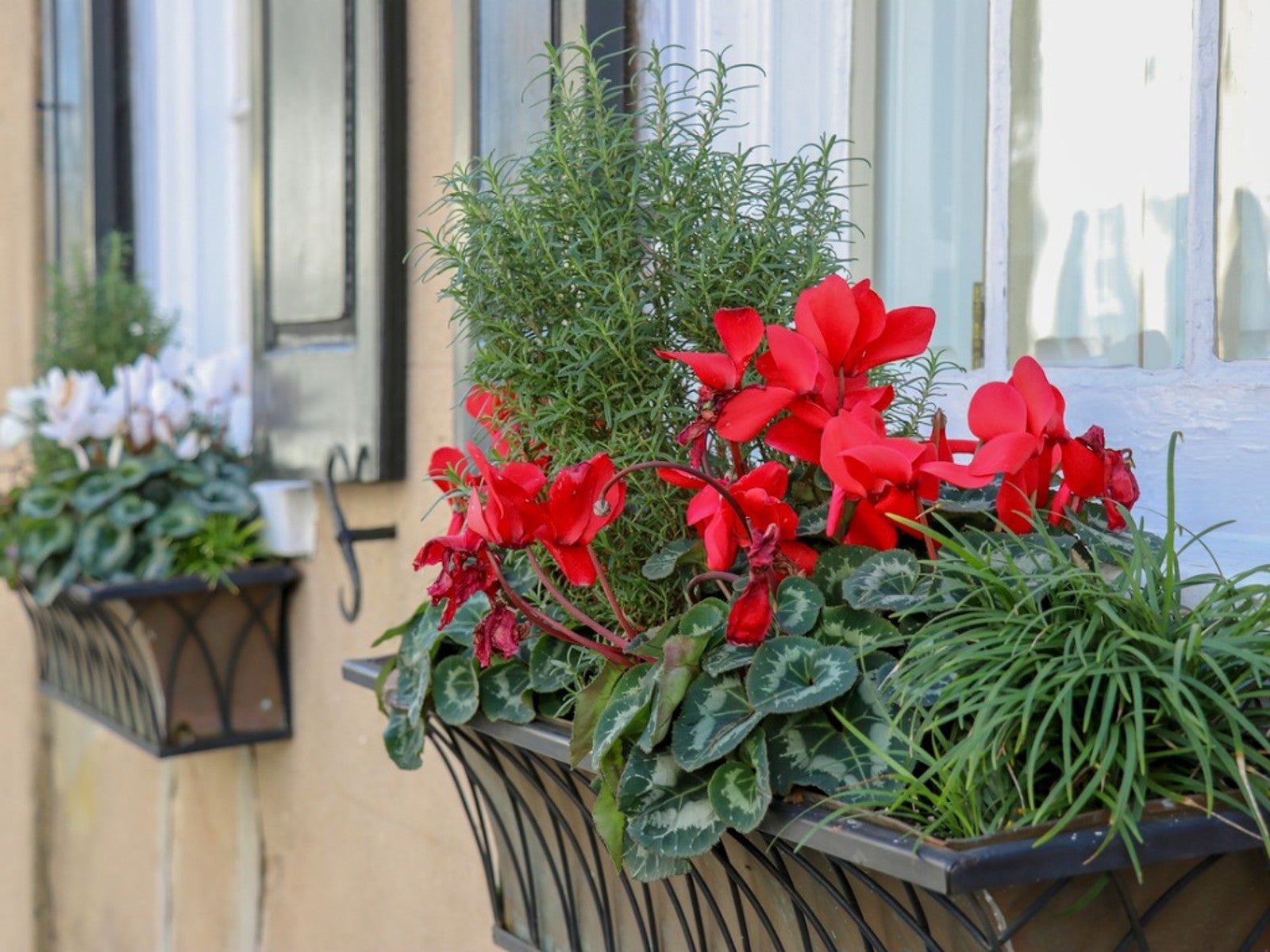 Grow A Beautiful, Edible Herb Window Box
Grow A Beautiful, Edible Herb Window BoxGrowing herbs in window boxes is a space-saving method for producing culinary ingredients for kitchen use. Click for more.
By Laura Miller
-
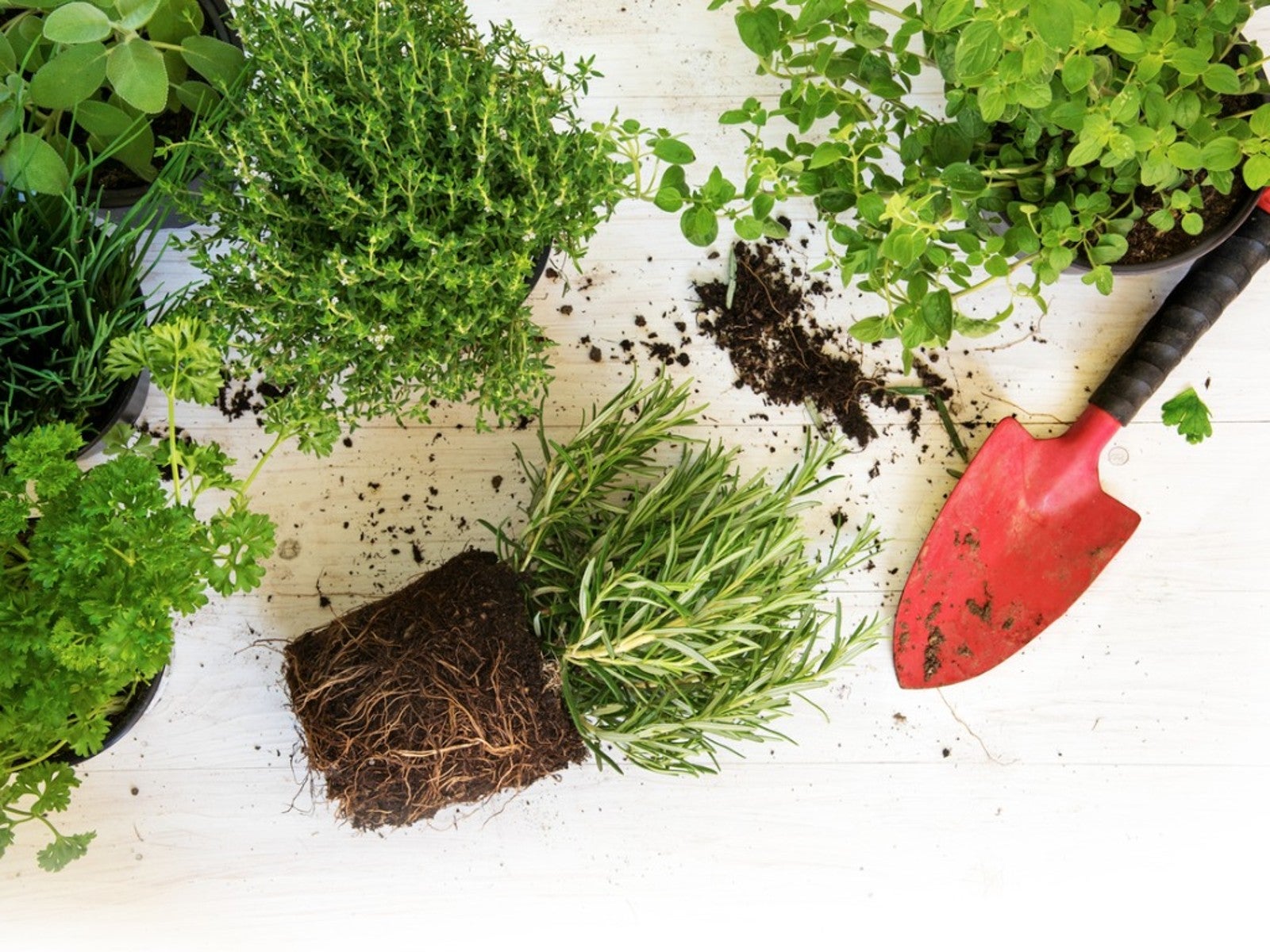 Best Herbs To Direct Sow Vs. Start Indoors
Best Herbs To Direct Sow Vs. Start IndoorsKnowing when to buy herb plants or start them from seeds or cuttings is essential to your success. Read on to learn more.
By Laura Miller
-
 Learn About The Highly Prized Silphium Herb
Learn About The Highly Prized Silphium HerbWhat if there was a perfect plant? In ancient times such a treasure existed. It was the silphium plant.
By Laura Miller
-
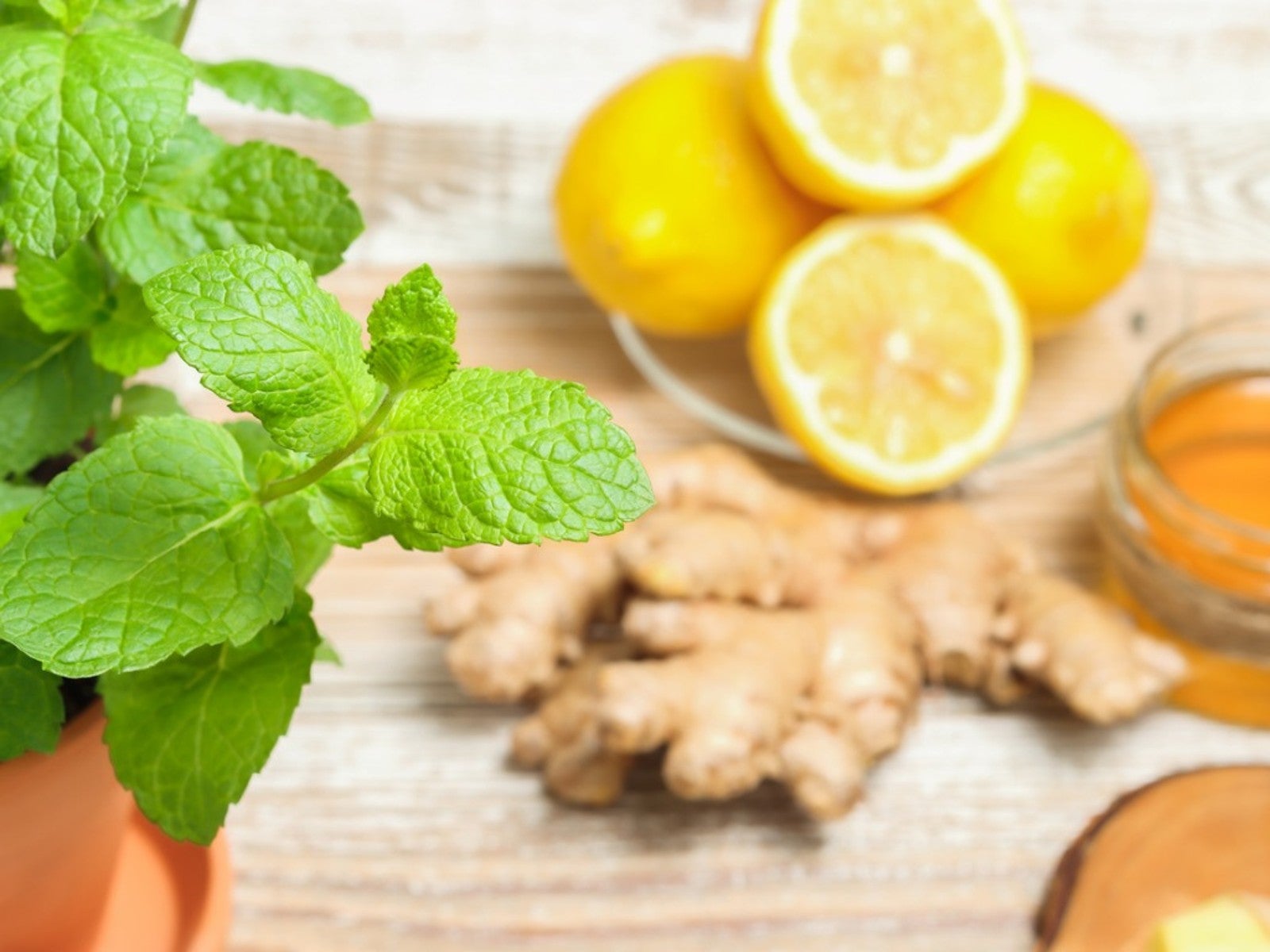 Grow Healing Herbs Indoors: Combat Winter Illness With A Medicinal Garden
Grow Healing Herbs Indoors: Combat Winter Illness With A Medicinal GardenIf you are growing medicinal plants at home, did you know you also can grow an indoor medicinal herb garden? Read on for more.
By Susan Albert
-
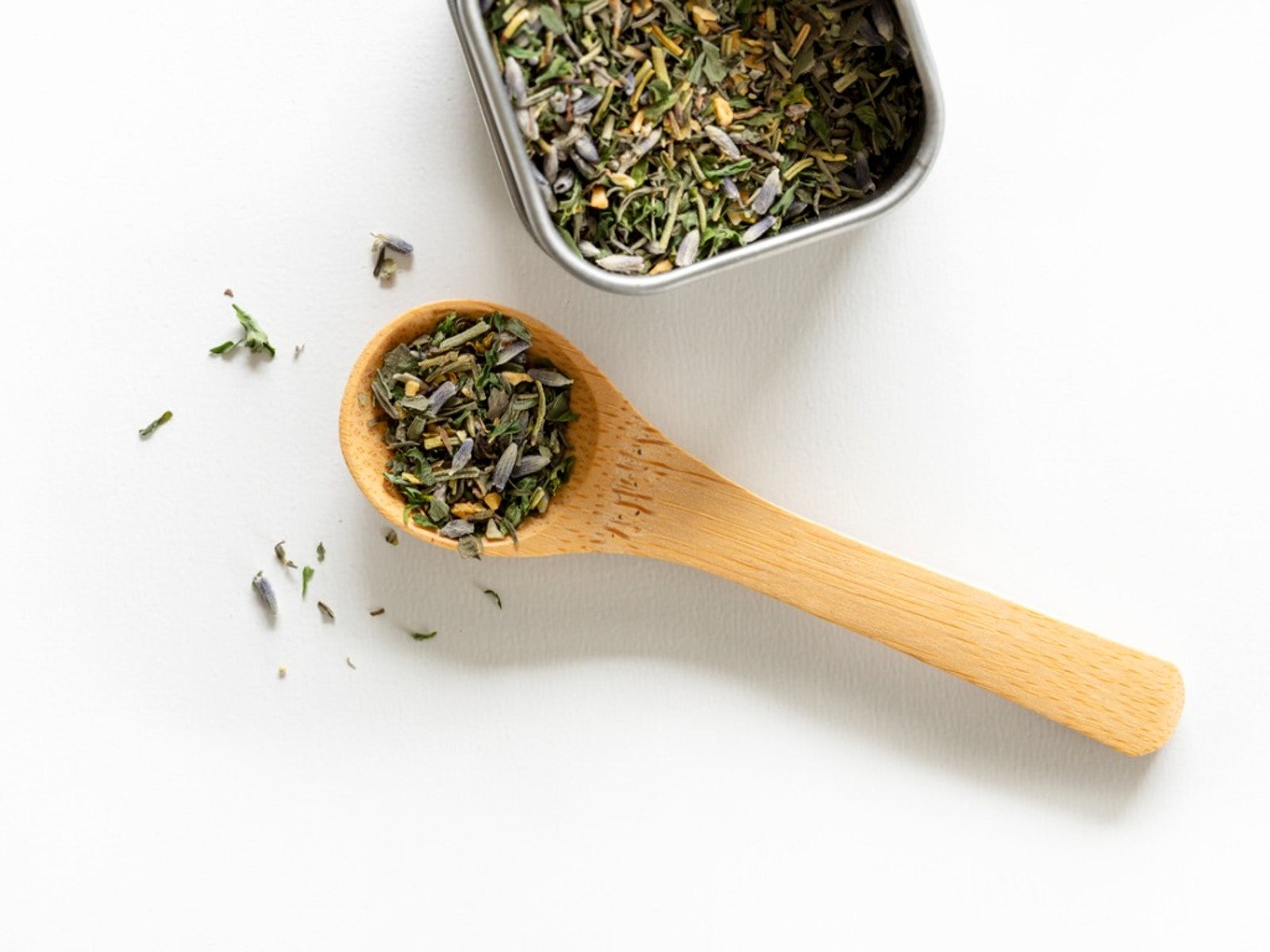 Grow Your Own Herbes De Provence - How To Grow, Dry, And Store Herbs
Grow Your Own Herbes De Provence - How To Grow, Dry, And Store HerbsHomemade gifts can add that special touch to any occasion, such as a jar of herbes de provence. Click here to learn how to grow and make your own for gifting.
By Laura Miller